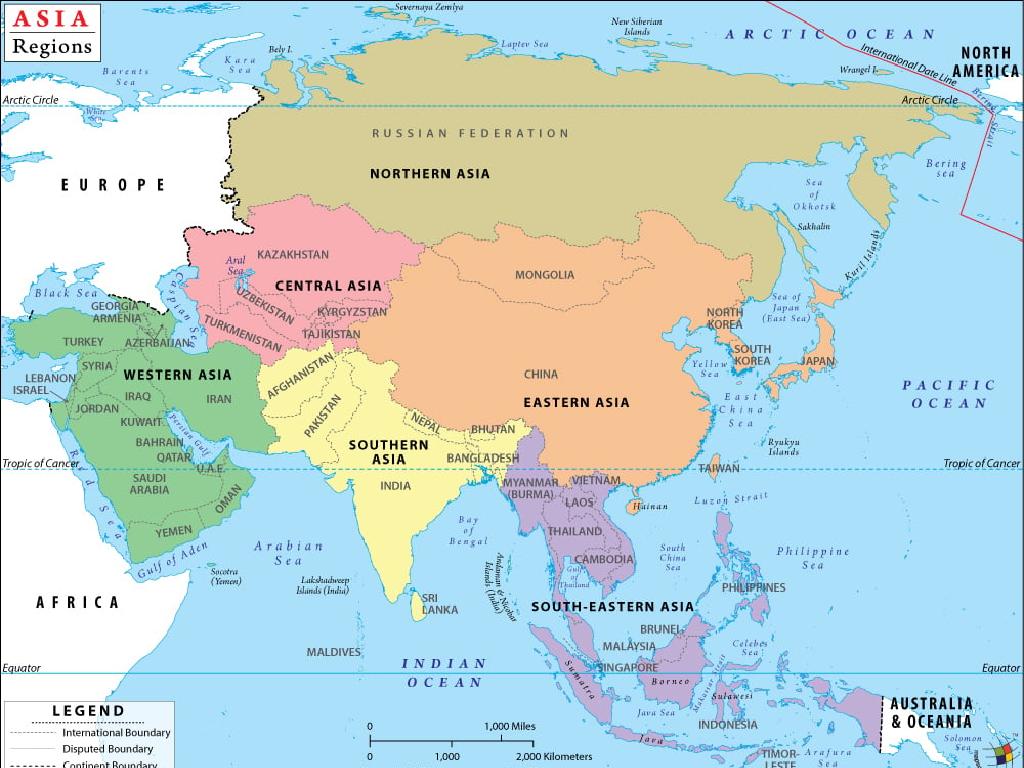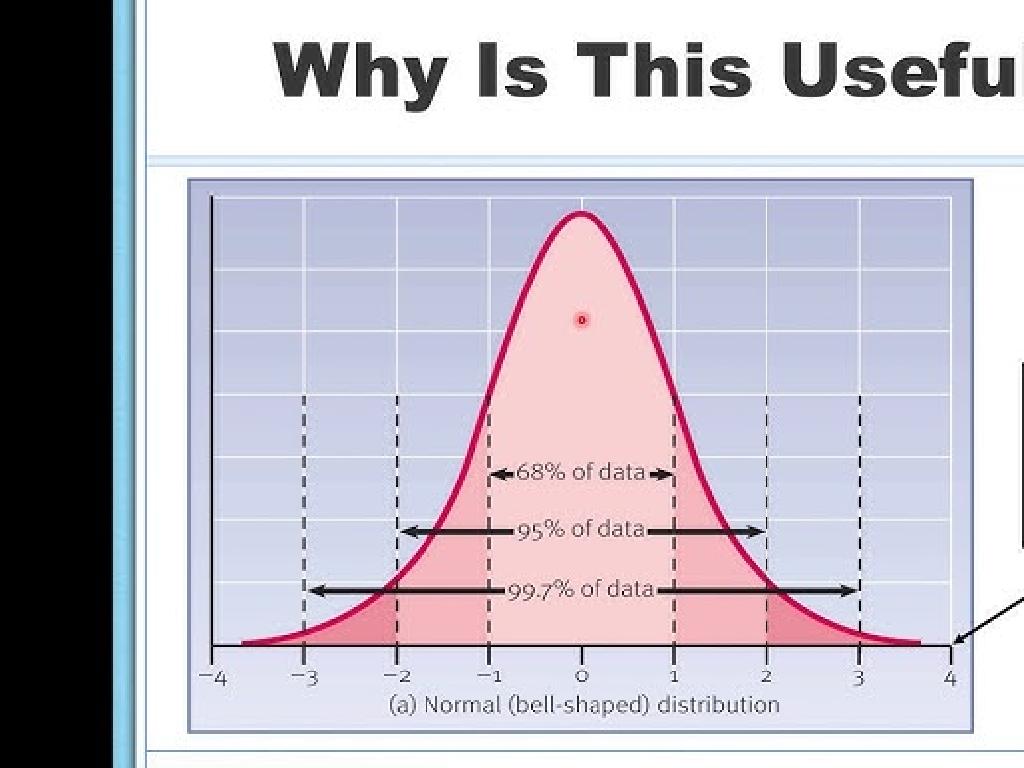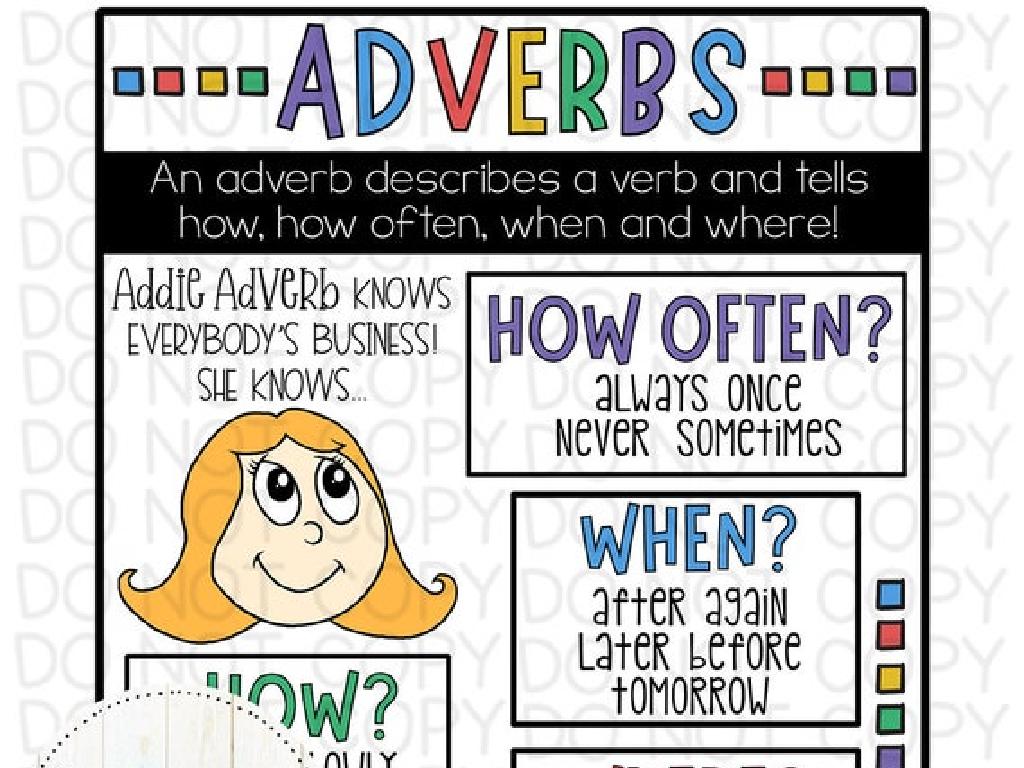Tall And Short
Subject: Math
Grade: Kindergarten
Topic: Measurement
Please LOG IN to download the presentation. Access is available to registered users only.
View More Content
Exploring Tall and Short
– Greet our little explorers
– Today’s adventure: Tall vs. Short
– Discovering the difference
– We’ll use our eyes to spot tall trees and short bushes
– Examples of tall and short
– Compare buildings, people, and toys
|
Begin the class with an enthusiastic greeting to capture the children’s attention. Introduce the concept of measurement by focusing on the attributes ‘tall’ and ‘short.’ Use interactive language to engage the students and encourage them to observe their surroundings. Provide clear examples by comparing everyday objects, such as trees and bushes or different buildings they might see around them. Encourage the children to participate by asking them to point out tall and short items in the classroom. This will help them understand the concept of measurement in a tangible way and prepare them for activities that involve comparing the height of objects.
Exploring Tall and Short
– Understanding ‘Tall’
– ‘Tall’ means high up from the ground.
– Identifying tall objects
– Think of things taller than you.
– Example: A tall giraffe
– Giraffes are one of the tallest animals.
– Comparing heights
|
This slide introduces the concept of ‘tall’ to Kindergarten students by relating it to their everyday experiences. Start by explaining that ‘tall’ refers to something that is high up from the ground. Ask the students to look around and identify objects that are tall, like trees or a bookshelf, to make the concept relatable. Use a giraffe as a concrete example of something tall and discuss how its height helps it survive by reaching leaves on tall trees. Encourage the children to compare the height of the giraffe with their own height and other objects in the classroom. This activity will help them understand the concept of tallness through observation and comparison.
Understanding Short and Tall
– What does ‘short’ mean?
– Short means not tall or low to the ground.
– Examples of short objects
– A mouse is short, a book might be short too!
– Comparing heights
– See how a mouse is shorter than a cat?
– Measuring with a mouse
– Use a toy mouse to measure things!
|
This slide introduces the concept of ‘short’ to Kindergarten students. Begin by explaining that ‘short’ refers to something that is not very high up from the ground. Encourage the children to think of and share examples of short objects in the classroom or at home. Use a toy mouse as a visual aid to demonstrate the idea of shortness by comparing it to other objects, such as a toy cat or a book. This will help students visually and practically understand the concept of short. You can also introduce a simple activity where students use a toy mouse to measure various items in the classroom, reinforcing the concept of measurement and comparison.
Comparing Tall and Short
– Observing two different plants
– Comparing plant heights
– Identifying the taller plant
– The tree is an example of a tall plant
– Recognizing the shorter plant
– The bush is an example of a short plant
|
This slide is aimed at helping Kindergarten students understand the concept of measurement by comparing the height of two plants. Start by showing pictures of a tree and a bush. Ask the students which plant they think is taller and which is shorter to engage them in observation. Explain that the tree is taller because it has a greater height than the bush. Reinforce the concept by using the words ‘taller’ and ‘shorter’ and encourage the students to use these terms. You can extend the activity by asking students to compare their own heights with each other or with objects in the classroom.
Exploring Tall and Short
– Find tall and short items
– Look around the classroom for tall and short objects
– Is a pencil taller than a chair?
– Let’s compare their heights!
– Use your pencil and chair to learn about height
– Observing and discussing
– Talk about what you see and think
|
This slide is designed for a hands-on classroom activity to help Kindergarten students understand the concept of tall and short through direct comparison. Encourage the students to look around the classroom and identify objects that are tall and those that are short. Use familiar items like pencils and chairs to make the activity relatable. Guide the students to compare the height of their pencils with their chairs and discuss their observations. This activity promotes critical thinking and observational skills. For the teacher: Prepare a list of items that can be used for comparison, ensure safety as students move around, and facilitate the discussion by asking questions that prompt the students to think about the sizes of different objects.
Class Activity: Tall and Short Scavenger Hunt
– Let’s explore tall and short
– Find a tall item in the classroom
– Look for the tallest thing you can find
– Find a short item in the classroom
– Look for something very small or low
– Remember: Tall is high, short is low
|
This activity is designed to help Kindergarten students understand the concept of tall and short through a fun and interactive scavenger hunt. Encourage the children to walk around the classroom and find items that represent ‘tall’ and ‘short’. Provide guidance on what can be considered tall, such as a bookshelf, and what can be considered short, like a pencil. Make sure to supervise the students to ensure safety. After the hunt, gather the students and discuss why they chose each item. This will help them articulate their understanding of the concepts. Possible variations of the activity could include pairing up students, using outdoor spaces for the hunt, or having students draw pictures of items they consider tall and short.
Celebrating Our Measurement Skills!
– Excellent work on tall and short
– Comparing items by height is fun
– Applaud yourselves for learning
– Clap for each other, you did great!
– You’re now measurement experts!
|
This slide is meant to conclude the lesson on measurement, specifically focusing on the concepts of tall and short. It’s a celebration of the students’ achievements and an affirmation of their understanding. The slide encourages positive reinforcement and self-esteem by acknowledging their hard work. The teacher should lead the class in a round of applause, making the students feel proud of their new knowledge. This also helps to reinforce the learning experience and makes the concept memorable. The teacher can also use this opportunity to briefly review the lesson by asking students to point out tall and short objects in the classroom one more time.






